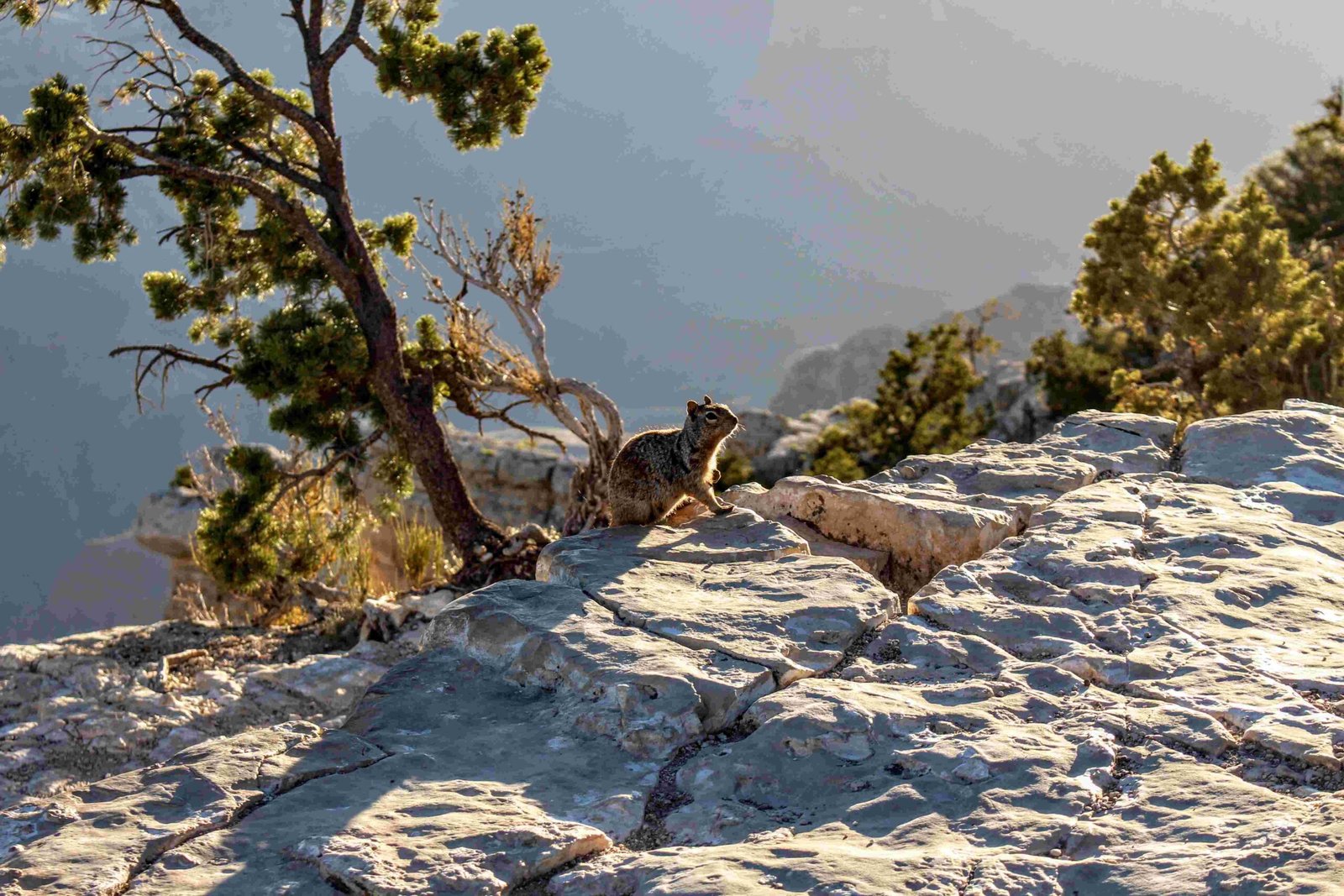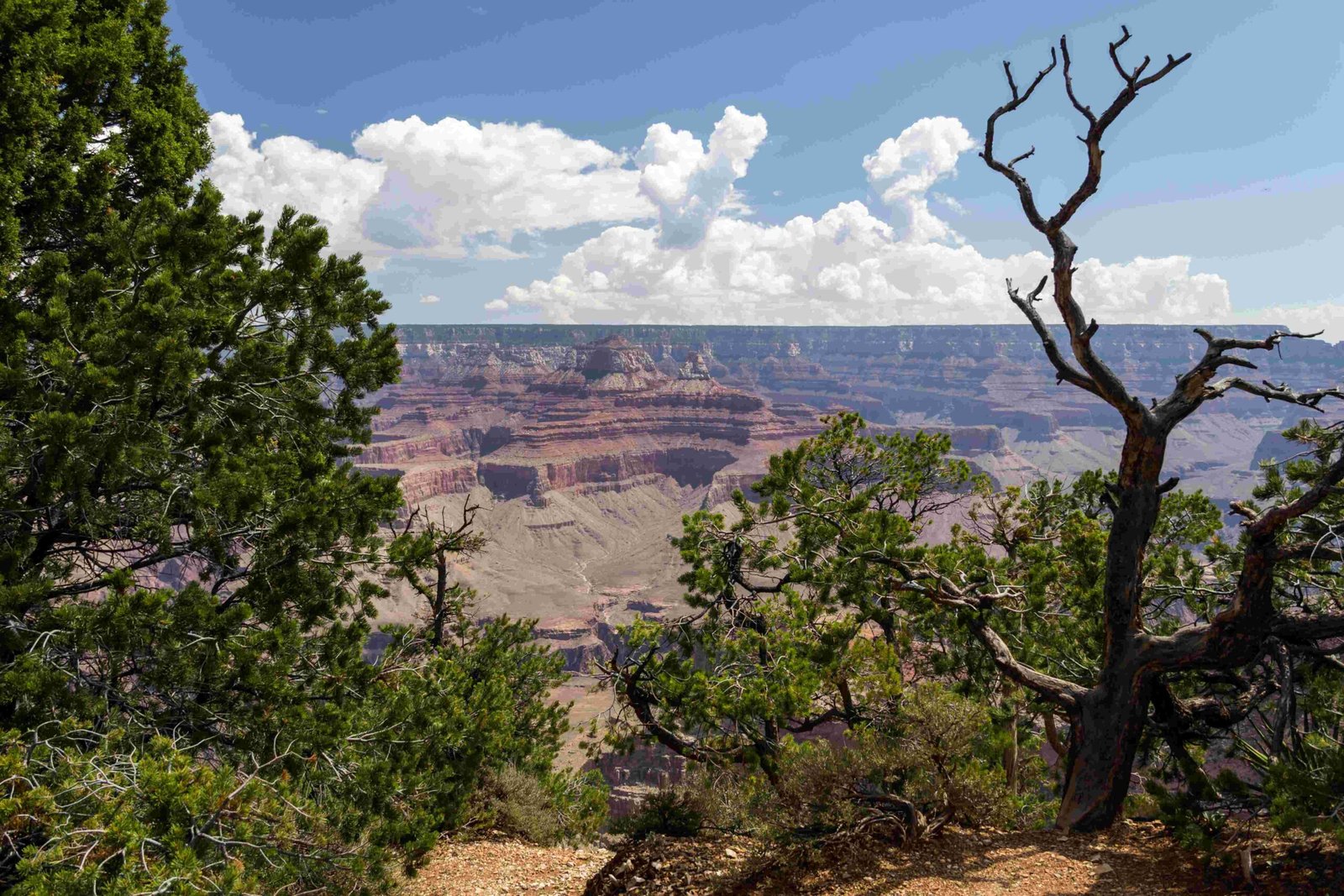The Grand Canyon’s volcanic landscape represents a dramatic geological narrative where molten rock transformed an ancient river system. Over millions of years, approximately 150 lava flows from the Uinkaret Volcanic Field dramatically reshaped the canyon’s terrain, creating massive river dams, extensive lakes, and revealing complex geological processes that continue to fascinate scientists and visitors alike.
What Are Grand Canyon Lava Flows?

Grand Canyon lava flows are volcanic eruptions that occurred between 1.8 million and 400,000 years ago, primarily originating from the Uinkaret Volcanic Field. These basaltic lava flows dramatically altered the canyon’s landscape by creating massive river blockages and transforming the geological environment.
Where Did the Lava Flows Originate?
The primary source of Grand Canyon lava flows was the Uinkaret Volcanic Field, located on the North Rim. Key characteristics include:
- Location Range: River Miles 179-253
- Primary Areas:
- Lava Falls Rapids
- Vulcan’s Throne
- Whitmore Canyon
- Toroweap
How Did Lava Flows Impact the Canyon?
| Impact Type | Description | Geological Significance |
|---|---|---|
| River Damming | Created 17 significant lava dams | Formed extensive lakes lasting decades to thousands of years |
| Landscape Transformation | Altered river course and terrain | Exposed ancient rock layers |
| Volcanic Deposits | Basaltic lava flows | Thickness ranging from 35-640 meters |
What Types of Volcanic Rocks Are Found?
The Grand Canyon lava flows primarily consist of basaltic volcanic rocks, characterized by:
- Dark coloration
- Fluid-like composition
- Ability to travel long distances
- Part of the San Francisco Volcanic Field
When Did Major Volcanic Activities Occur?
Volcanic activities in the Grand Canyon spanned multiple geological periods:
- Oldest Flows: 4-6 million years ago
- Primary Activity Period: 1.8 million to 400,000 years ago
- Most Recent Eruption: Sunset Crater, approximately 950 years ago
How Can Visitors Experience Lava Flow Formations?
Visitors interested in exploring Grand Canyon lava flows can:
- Visit Lava Falls Trail
- Explore Whitmore Canyon Overlook
- Attend ranger-led geological programs
- Join guided tours focusing on volcanic history
What Scientific Significance Do These Lava Flows Hold?
The Grand Canyon lava flows provide critical insights into:
- Plate tectonics
- Volcanic activity patterns
- Landscape evolution
- Ancient geological processes
Expert Insights

Geologists continue to study these lava flows to understand:
– Volcanic field dynamics
– Climate change interactions
– Landscape transformation mechanisms
Safety and Exploration Tips
- Always follow park guidelines
- Attend ranger-led programs
- Use designated trails
- Carry appropriate hiking gear
- Respect geological formations
Preservation and Research
Ongoing research by geological institutions helps:
– Document volcanic history
– Understand environmental changes
– Develop conservation strategies
Reference:
– USGS Volcanic Studies
– Grand Canyon National Park
– Geological Society of America

